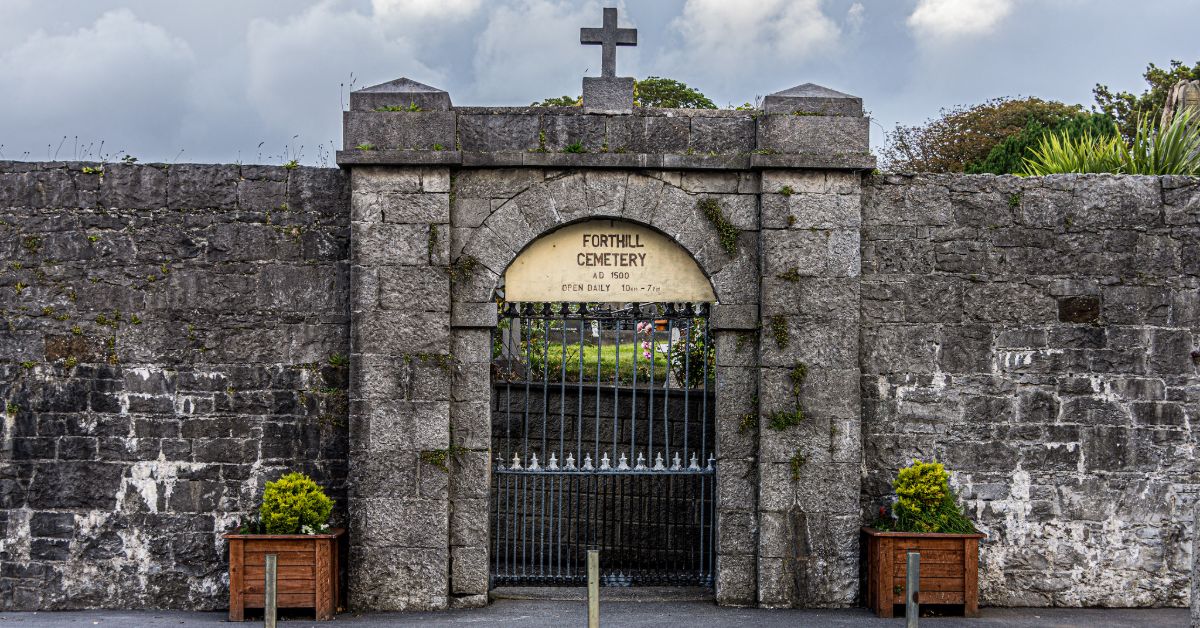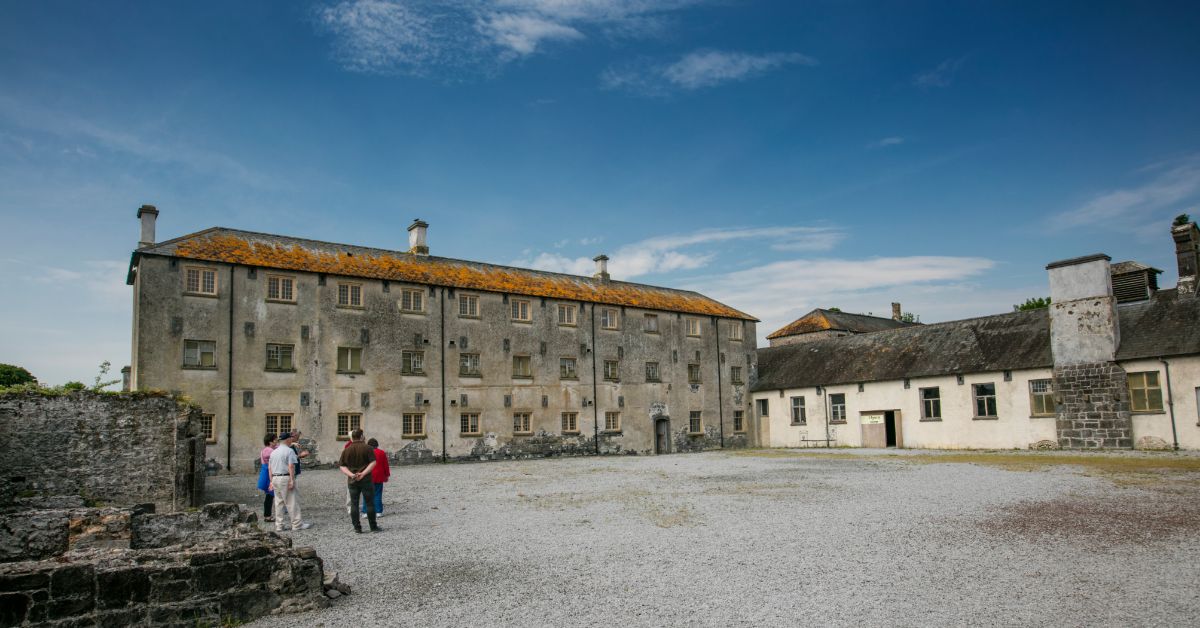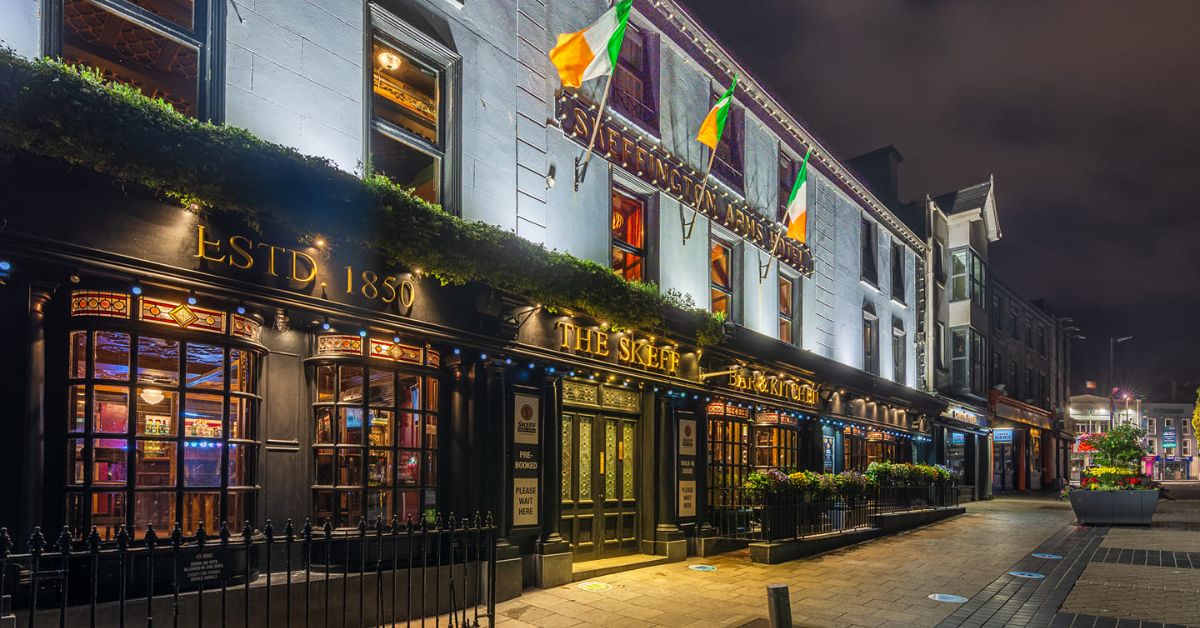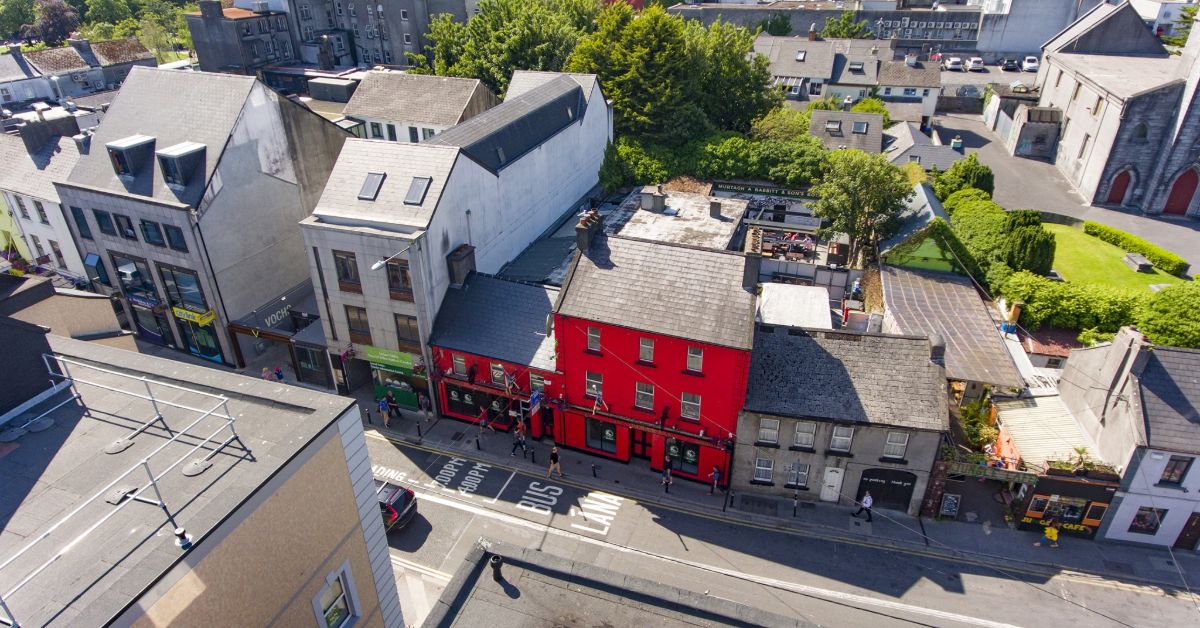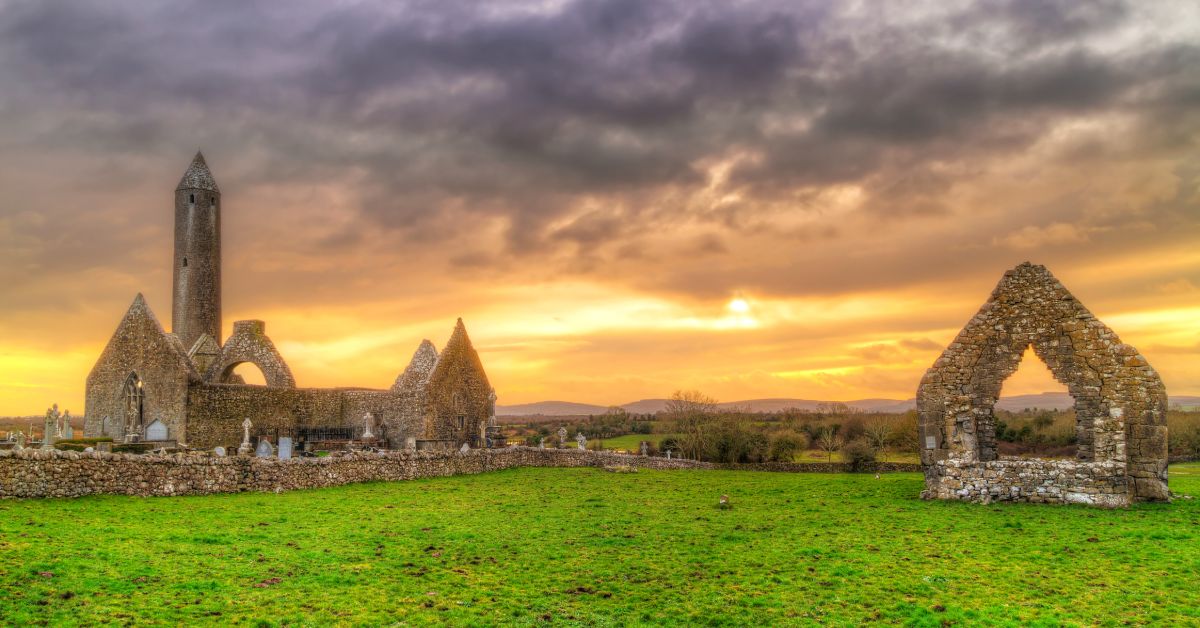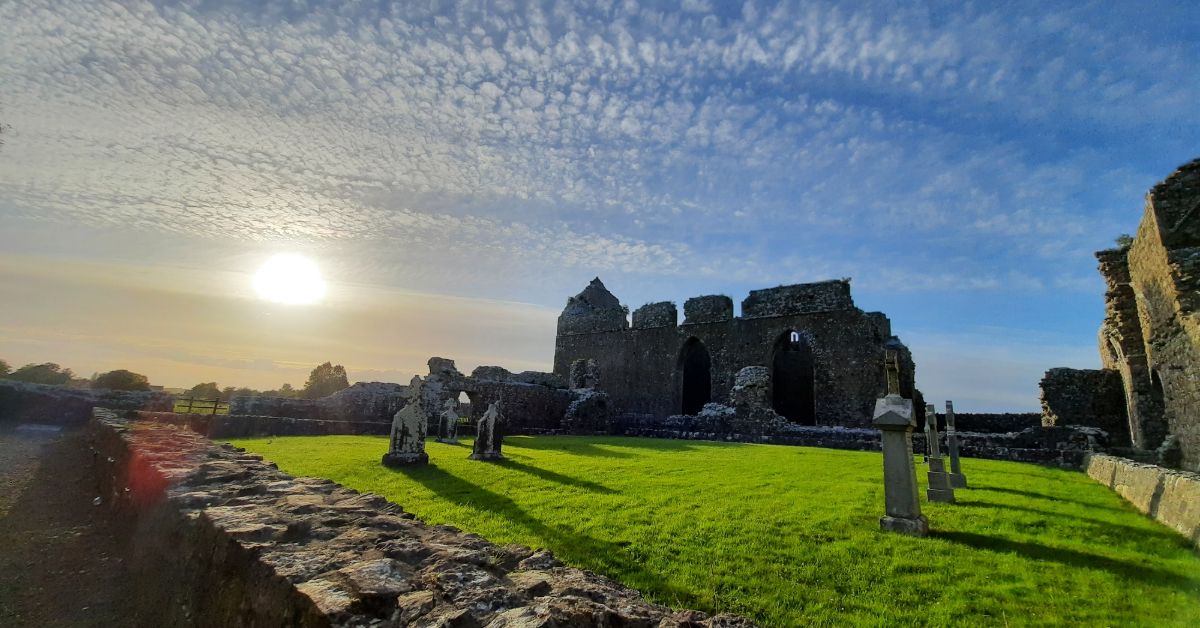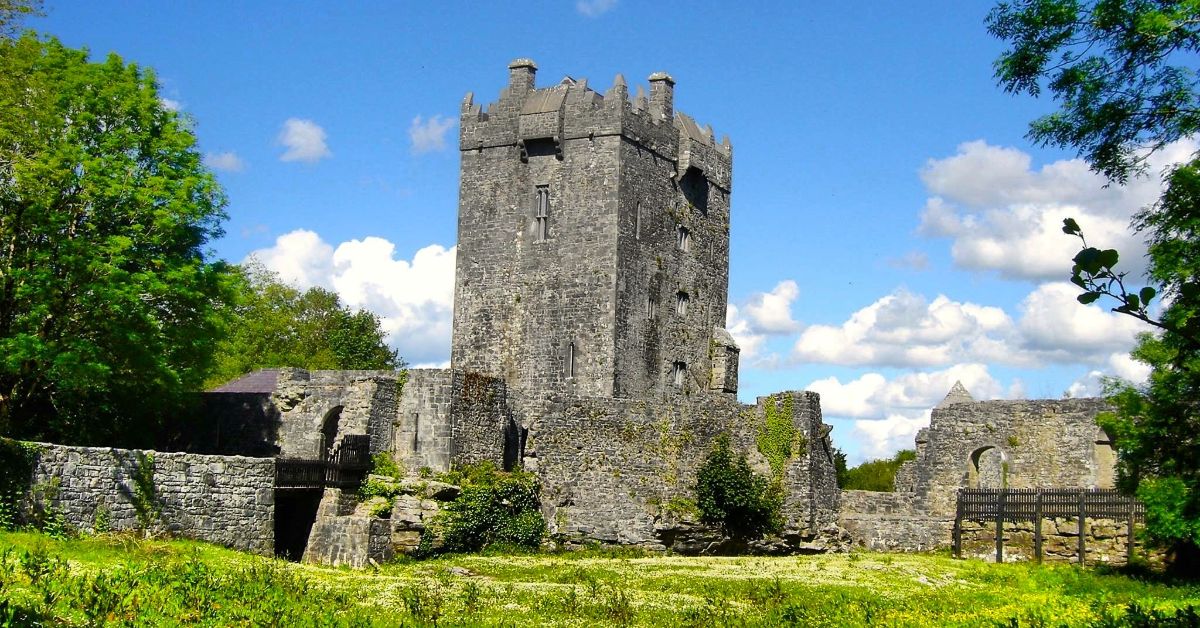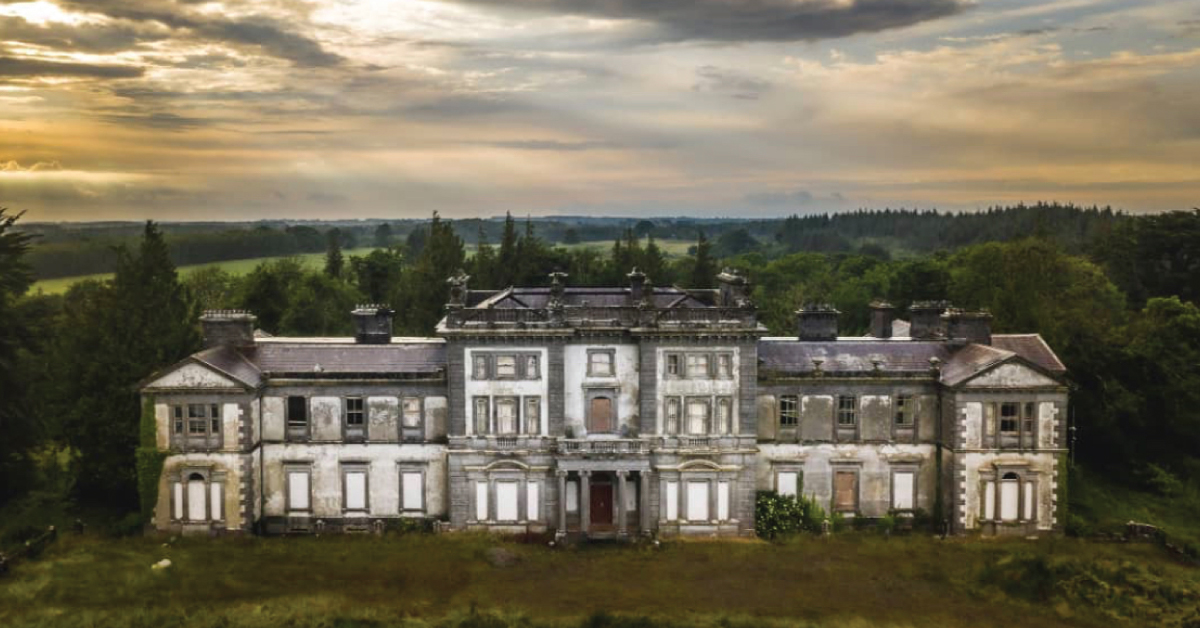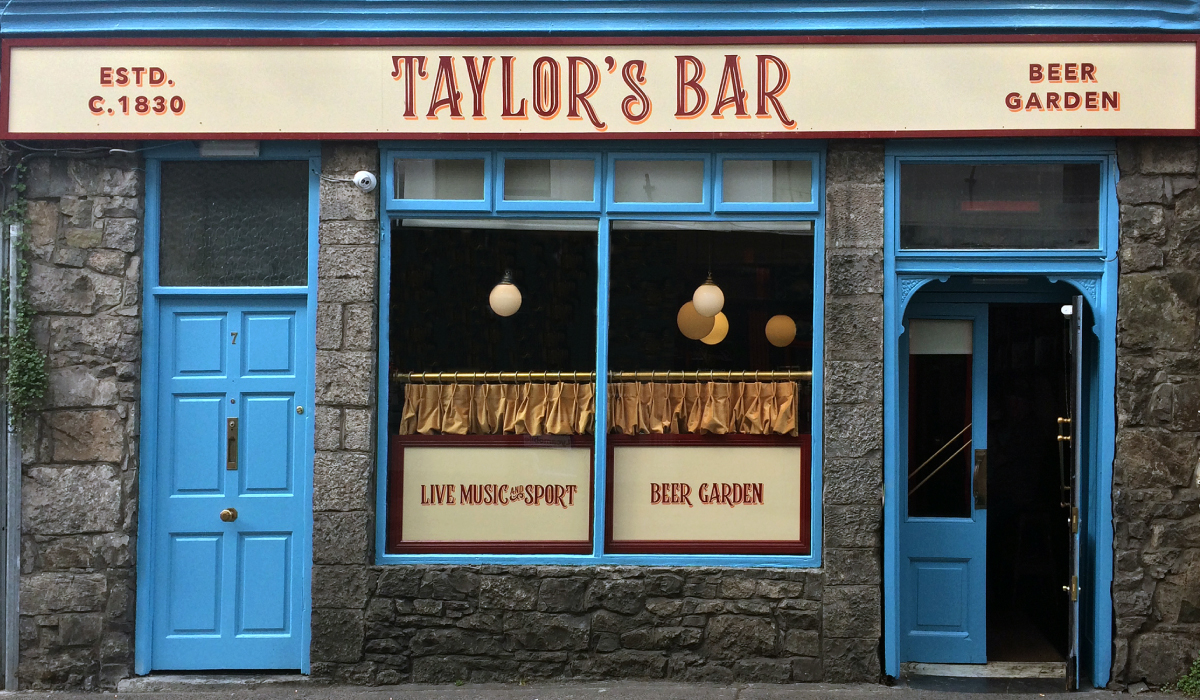There’s something inherently spooky about graveyards of any description, and Forthill Cemetery is no exception. Established back in the 1500s, this burial ground has been the site of slaughter, sympathy and the sound of silence for over 520 years now, so we thought it’s about time we took a journey through yesteryear at this haunting heritage site.
Located at Lough Atalia, Forthill Cemetery occupies the site of an original Augustinian Friary, which was constructed on the shoreline by Margaret Athy at the request of Friar Richard Nagle. While nothing remains but some drawings on maps, it is thought to have been extended quite a bit over the years to where St Augustine’s Well can be found today. Steeped in history, the cemetery is now the resting place for many, including those killed in the greatest act of mass murder in Galway.
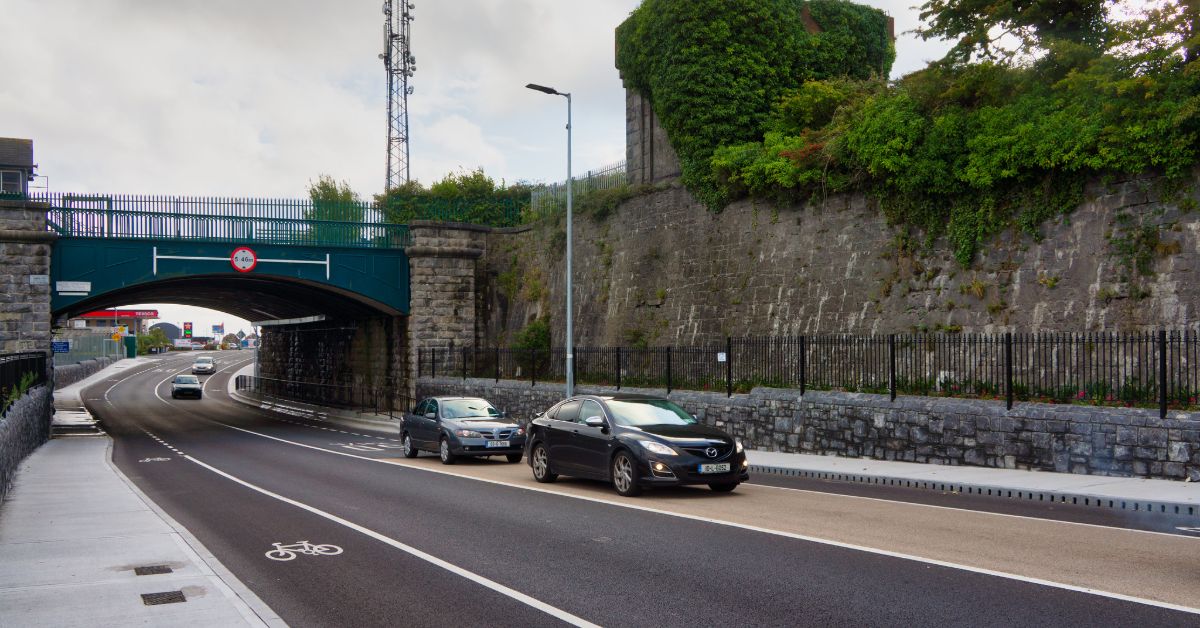
In 1588, over 300 members of the Spanish Armada washed ashore, were captured by the authorities and taken to Galway for sentencing. When gold and silver could not be found in their possession, Sir William Fitzwilliam decried the leniency of the city and ordered for their death by beheading. The mass execution took place on Saint Augustine Hill - now Forthill Cemetery - and after such strife, the kind hearted people of the town laid the crew to rest in the graveyard so that their souls could find peace. Today, a plaque commemorating the burial of these Spanish Armada soldiers can be found on the Northern wall which reads the Irish condolence, ‘ar dheis Dé go raibh a n-anamacha’.
In 1596, the strategic importance of St Augustine’s Hill was realised when Red Hugh O’Donnell utilised the site as a vantage point from which to attack the city and caused a great deal of damage. Following this incident, a star shaped fort and 16.5 foot thick stone walls were erected around the church, with a deep ditch running around the outside as part of the town’s defences. There was even a drawbridge entrance! During the reconstruction of the site, many of the older tombstones were destroyed.
In 1602, after a devastating defeat of the Irish and Spanish forces at the Battle of Kinsale, a fort was erected to protect the town and its harbour while dominating its citizens. Later torn down by the townspeople for fear of retaliation by the protestant commander, these devout catholics continued to worship here for some time after the site had been handed over to the Reformed Collegiate Church by Edward VI. Regarded as a sacred space by locals, the site gradually became a place of burial in the 18th century.
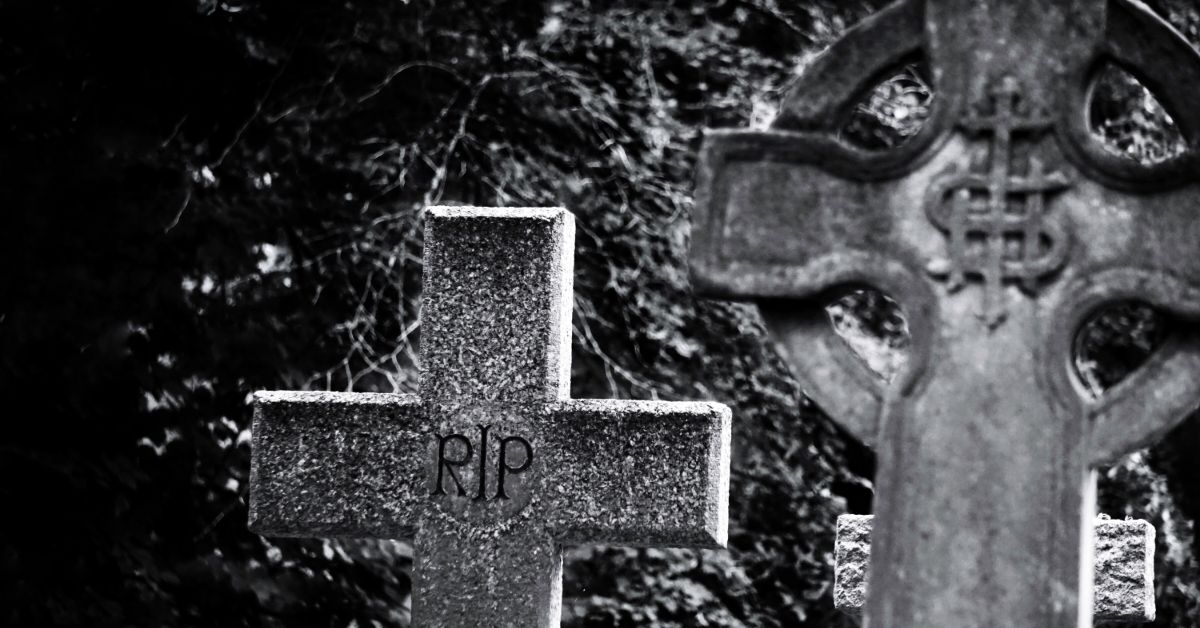
Traces of the ancient architecture associated with this heritage site can still be seen at Forthill Cemetery today, including the star-shaped fort, entrance gateway and mortuary chapel which bears the dedication to St Augustine. Throughout the graveyard, a selection of monuments from the 18th and 20th centuries can be found ranging from plain ledges to Celtic Revival crosses. The oldest recumbent slab visible in the cemetery dates back to 1736 and commemorates one Mary Martin, wife of Ignatius Kirwan. Throughout the site you’ll also find monuments with vocational symbolism, including a set of blacksmith’s tools, a farmer’s plough, a mason’s trowel and a weaver’s shears and shuttle alongside some ancient lettering.
Fast forward to August 1811, when the graveyard was enclosed by Robert Hedges Eyre as a mark of respect for all those who have been laid to rest here. Having been lovingly maintained by the McDonagh family for generations, Forthill Cemetery is a peaceful and poignant place to honour the dead. The final resting place for the ancestors of many Galwegians, it is an incredibly significant aspect of Galway’s history.
Find out more about Forthill Cemetery right HERE.
Feature photo and Loughatalia Road photo taken by William Murphy on Flickr
Published on Updated on


